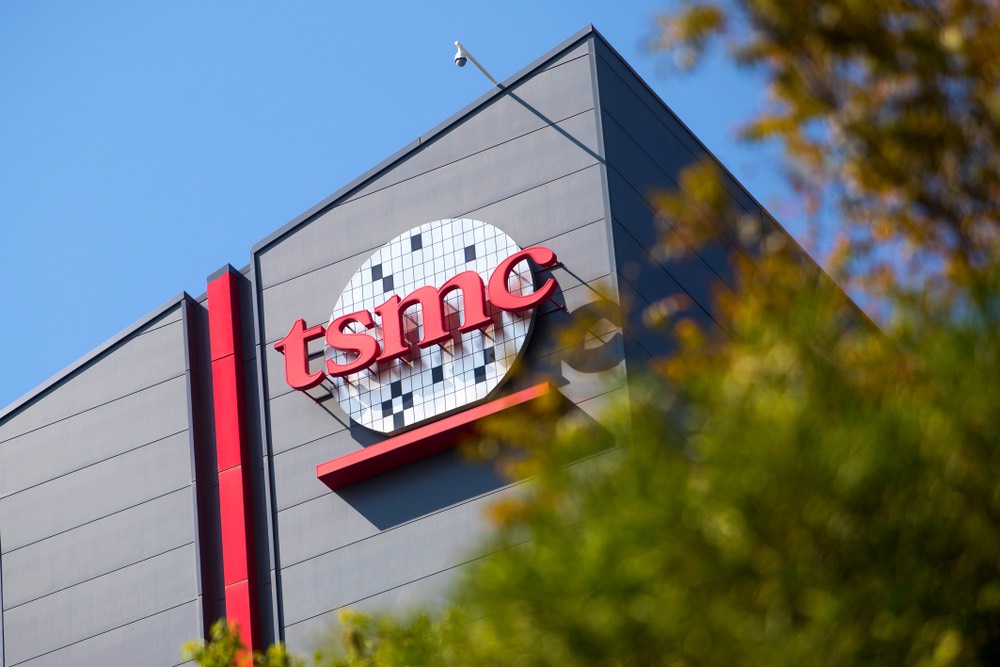Apple Rumored to Switch A17 Bionic Technology in 2024 to Cut Costs

Toggle Dark Mode
The A17 Bionic chip expected to appear in the iPhone 15 Pro and iPhone 15 Pro Max later this year will receive some changes in 2024, according to a new rumor that recently surfaced on Weibo.
The information comes from a user who claims to be an integrated circuit expert that has 25 years of experience with Intel’s Pentium chip.
The A17 Bionic is believed to be the first Apple chip that’s being manufactured using TSMC’s new 3nm fabrication process. This should result in significant performance and efficiency improvements when compared to the 5nm technique used for the A14, A15, and A16 chips.
While the initial version of Apple’s A17 Bionic chip will likely be fabricated using TSMC’s N3B process, Apple is said to be planning to switch the A17 over to a less expensive N3E process sometime next year. The cost-cutting move could result in reduced efficiency.
While N3B is TSMC’s original 3nm node created for Apple, N3E is a more accessible node that will be used by most of TSMC’s other clients. The newer node has fewer EUV layers and a lower transistor density than N3B, which can result in efficiency tradeoffs. However, the process can actually provide better performance.
N3B is not compatible with TSMC’s successor processes including N3P, N3X, and N3S, which means that Apple will be required to revamp its upcoming chips to be able to take advantage of TSMC’s advancements. While Apple had been expected to use the N3B for the A16 Bionic chip, it was forced to revert to N4 as N3B was not ready in time.
Apple is using the N3B CPU and GPU core design originally intended for the A16 Bionic chip to create the initial A17 chips. However, it may switch the A17 to its original design using N3E later in 2024. The architecture will presumably be used for succeeding chips, including the “A18” and “A19.”
While Apple may be planning to make the above-described changes in the A17 Bionic chip, a change such as this in the middle of an iPhone 15’s life cycle could result in at least a perceived lowering of the performance of the chip, irritating iPhone users that pay attention to such issues.
Instead, Apple may be planning to use the N3E version of the chip in 2024’s lower-priced iPhone 16 and iPhone 16 Plus models. Apple has similarly used revamped chips in the past; the A15 Bionic chip used in the iPhone 14 and iPhone Plus is a variant of the A15 chip used in the iPhone 13 and iPhone 13 mini, with one additional GPU core, similar to the A15 that was used in the iPhone 13 Pro models.
The user that published the rumor claimed earlier this year that the iPhone 15 and iPhone 15 Pro’s USB-C port and charging cables will include an authentication chip much like the one currently used in Apple’s Lightning connector. That rumor was later corroborated by other sources.
[The information provided in this article has NOT been confirmed by Apple and may be speculation. Provided details may not be factual. Take all rumors, tech or otherwise, with a grain of salt.]









